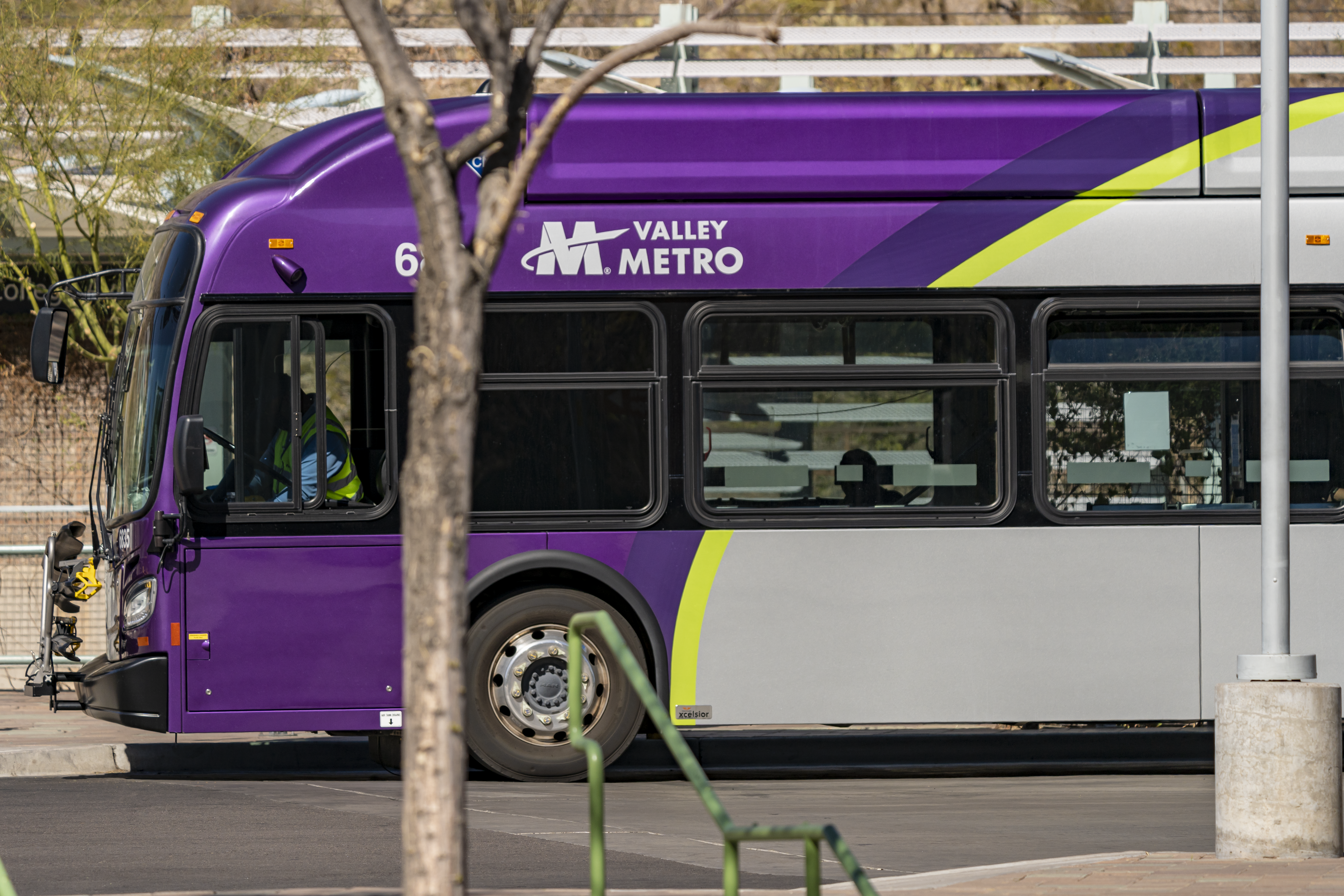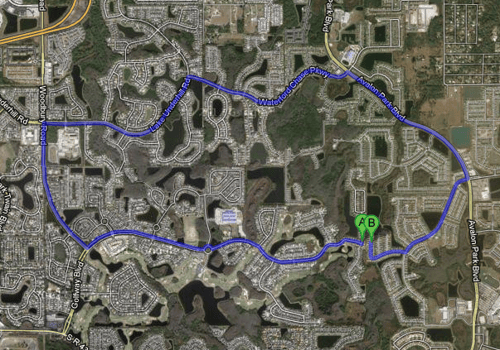
Transit Oriented Development: How the integration of housing and transportation can strengthen public transit service
Housing and transportation account for the first and second largest expenses for the average American household, at 33% and 17% of household spending, respectively. Together, housing and transportation shape how neighborhoods look and feel, how residents get around, and how communities evolve to meet changing needs.
Despite the inextricable connections between housing and transit, public transportation has often been considered separately from urban planning, especially around new housing development. Instead of planning housing and transit hand-in-hand, things like sprawled zoning tracts and parking mandates have led to residential developers sacrificing building units for empty space and/or car parking instead. Using the example of car storage: surface lots or parking decking can account for as much as 25 and 30% of the gross square footage of residential developments while only being around 60 percent utilized – meaning there’s widespread latent demand for more housing and more mobility options.
At Keolis, we believe that healthy communities require a robust menu of safe and reliable transit options to get our passengers to and from home, work, school, appointments, errands, and other activities. A good way to ensure easy access to transit is by incorporating transit planning while the composition of an area is developing, rather than trying to reverse-engineer a public transit system into place.
This belief is at the heart of the growing movement toward transit-oriented development (TOD). TOD is centered around developing residential areas with convenient access to transit and broadening mobility options through increased active transit (walking or biking), and access to shared mobility stations (transit).
In turn, TOD can have positive impacts on land use and can free up more space for housing. This is a feature of TOD that Keolis CEO David Scorey highlighted in a 2022 op-ed on building walkable communities with easy access to public transit:
“Transit-oriented development’s impact on land usage further reduces emissions and fosters greener cities. In the U.S., over 5% of urban land is covered with parking lots, and there are eight parking spots for every car. Developing communities with transit in mind reduces the need for parking lots and allows for the land to be used more productively, such as for community green space, small business storefronts, or affordable housing.”
The benefits of TOD with respect to housing and land use are clear, but the details matter too. Public transit agencies need to ensure that the adjacent transit is still desirable—safe, frequent, and reliable—so that people in TOD-focused neighborhoods utilize the transit systems that they have easy access to.
Zoning boards and urban planners also have an important role to play: if transit isn’t easily accessible, the quality of service may be irrelevant. Consider two houses that share an adjoining backyard in suburban Orlando, Florida – an example previously highlighted by Streetsblog. Traveling from one house to the other using the city’s street system would take a minimum of seven miles, even though the streets are only 50 feet apart. In this type of an environment characterized by winding, disconnected streets, there are few realistic transportation options besides driving.

Keolis believes that TOD is a desirable approach to housing construction across our networks, but it’s not often that we get to serve a neighborhood built from the ground up with TOD in mind. Keolis recently assumed operations of fixed route bus service for Valley Metro in Phoenix’s East Valley. There, one of the communities we’re proud to serve is Culdesac.
Located in Tempe, Arizona, Culdesac is the U.S.’ first car-free neighborhood. Within Culdesac, there are a variety of walkable amenities, eliminating the need to drive to buy groceries or go to the gym. If residents do want to travel across the Phoenix region’s Valley Metro, there are half a dozen bus routes within the immediate area that are operated by Keolis, as well as a light rail station nearby. Culdesac may be the first American neighborhood that’s completely car-free, but it’s also part of a broader trend of considering TOD in places that have traditionally been car-dependent.
Using a combination of buses and light rail – as Tempe’s Culdesac has done – has proved to be an effective option for increasing mobility options. And TOD approaches to public transit are gaining steam across the country, with places like Denver, Salt Lake City, and Seattle all using a TOD approach when expanding light rail and bus lines. In the process, cities have built out the ability of developers to construct affordable transit, spurring economic growth and creating a population influx. Since the cost of parking is typically built into new developments, lessening the demand for parking can contribute to housing affordability. Parking structures for new builds can run upwards of $50k per spot, an expense that is passed on to renters or buyers, regardless of whether they even own or want a car.
TOD can enhance quality of life in neighborhoods and help housing become more affordable. In turn, this encourages transit agencies to boost service, riders to use transit more frequently, and policymakers to prioritize TOD in other neighborhoods. This feedback loop is what’s known as a virtuous cycle—the inverse of the much-discussed transit death spiral.
In December 2023, Keolis Executive Vice President for Legal, Risk, And Compliance Tavares Brewington spoke on a panel at the New England Council to discuss the region's affordable housing challenges, providing a transit perspective to how New England can better create healthy, livable, and affordable communities. Keolis North America is an experienced partner to transit agencies looking at how housing and development may impact their ridership base in urban, suburban, and rural areas. By exploring ways to better integrate transit, housing, and economic development—as Culdesac has done in Tempe through its integration with Keolis-operated bus service and other area transit—public transit agencies can better serve communities and make progress towards starting a virtuous cycle of increased transit access and ridership.
Related Posts
Bridging the Gender Gap in Transportation: Challenges and Solutions
Transportation is often seen as a field dominated by men, but the reality is that women face...
Addressing Transportation Inequality in Black Communities
Transportation has played a significant role in driving racial inequality in the United States. Our...
Keolis’ Journey to “Connect” at the WTS International Conference in New Orleans
Recently, Keolis attended the WTS International Conference in the vibrant city of New Orleans, LA....